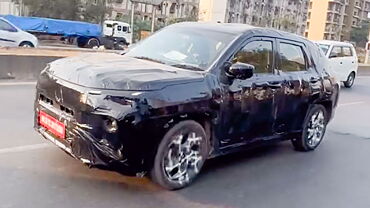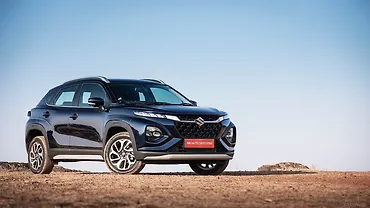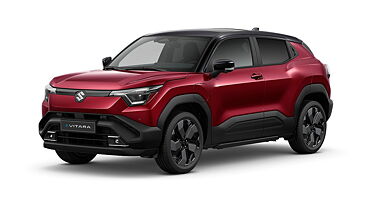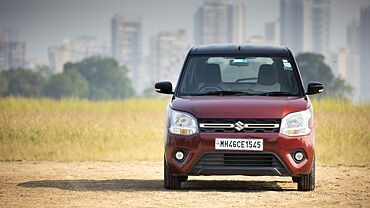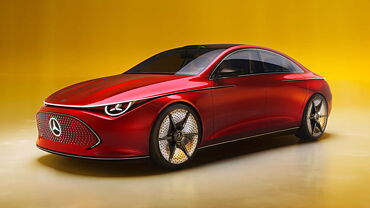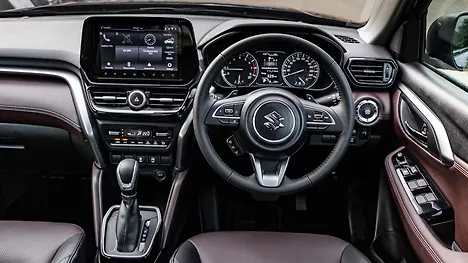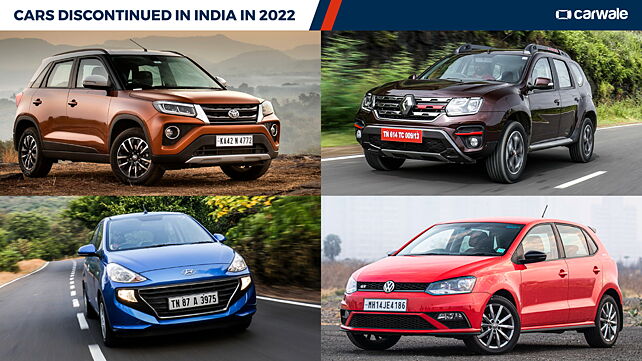
The year 2022 witnessed a plethora of new cars entering the Indian market. However, there were select cars which were discontinued in the year. While some were axed at the budget end others were delisted as OEMs planned to replace them with newer and modern vehicles. Let us take a look at seven cars whose life cycle came to an end in 2022.
Hyundai Santro

The Hyundai Santro was axed earlier this year making the Hyundai Grand i10 Nios the brand’s entry-level model. The Santro got its last update back in 2018 and was offered with a 1.1-litre petrol engine with a five-speed manual gearbox. While Santro’s stint lasted for almost 23 long years, what didn’t work in Santro’s favour was the premium price tag and it’s elder sibling, the Grand i10 which was priced slightly more but was bigger in dimension and offered a longer equipment list.
Maruti Suzuki S-Cross

The Maruti Suzuki S-Cross was the first model to be offered under the brand’s premium Nexa outlet. Launched in 2015, the S-Cross was offered initially with a 1.3-litre diesel and a 1.6-litre diesel engine. However, with the introduction of BS6 in April 2021, the transition was made from diesel to 1.5-litre petrol engines paired with a five-speed manual and a four-speed automatic transmission. This update was also short-lived as Maruti Suzuki introduced its first hybrid SUV, the Grand Vitara that replaced this mid-size SUV.
Volkswagen Polo

The production of the Volkswagen Polo after 12 long years was put to an end in April 2022 with the Legend Edition. In these years, while the cosmetic changes received were limited, the Polo hatchback witnessed a variety of powertrain and drivetrain updates of which the most powerful one was the Polo GTI which was brought to India in limited numbers. The discontinuation of the Volkswagen Polo and Volkswagen Vento made way for two new models – Volkswagen Taigun and Volkswagen Virtus.
Renault Duster

Renault India debuted the Duster mid-size SUV back in 2012 and was an instant success in the segment. The Duster also went on to receive an all-wheel-drive configuration with the diesel engine before the oil-burner mills were discarded for a 1.5-litre petrol and a 1.3-litre turbo-petrol engine with manual and a CVT gearbox.

The Toyota Urban Cruiser was launched in September 2020. The Urban Cruiser was the re-badged version of the then Maruti Suzuki Vitara Brezza and was also manufactured at the latter’s plant. However, since the launch of the new-gen Maruti Suzuki Brezza earlier this year, the Urban Cruiser was left out and never got an update. This could most likely be because of the launch of the new Hyryder and the new Brezza sitting at the premium end of the compact SUV segment. The Urban Cruiser was offered with a 1.5-litre petrol engine with manual and automatic gearboxes.

Mahindra launched the Alturas G4 in 2018 to take on the segment giants such as the Toyota Fortuner and Ford Endeavour. However, the Alturas could not stand the competition and was also not updated in its four years of existence in the country. The production reduced steadily with eventually Mahindra pulling the plug in September 2022. The Alturas was offered in both 4x2 and 4x4 variants both of which were powered by a 2.2-litre diesel engine with a seven-speed automatic gearbox.
Skoda Rapid

Skoda’s India 2.0 project when introduced in July 2018 hinted at the discontinuation of models in its existing line-up. This was soon reflected when the Skoda Rapid was delisted which later made way for the new Skoda Kushaq and Skoda Slavia. While the Rapid was earlier offered with a 1.5-litre diesel mill, the engine options on the mid-size sedan in the BS6 era were limited to a 1.0-litre TSI petrol engine with manual and automatic transmissions.


